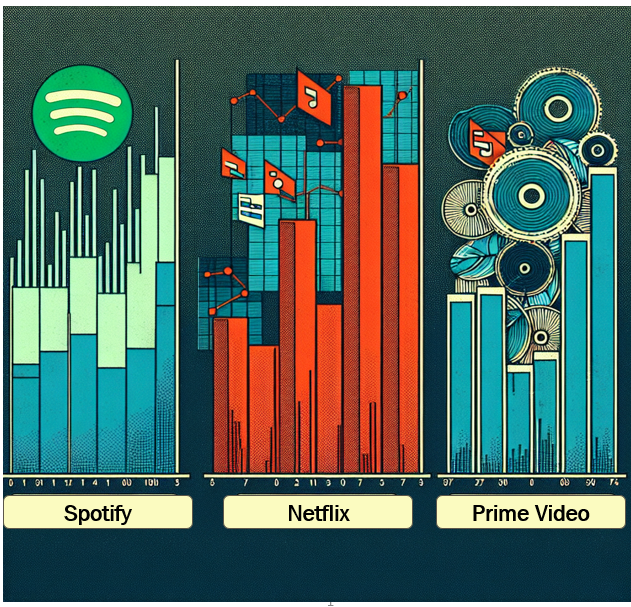"What Caught My Eye Last Week" In Technology (1st June to 8th June)
1.OpenAI Empowers Enterprises with ChatGPT Data Connectors and Record Mode

- What exactly happened?
On June 4, 2025, OpenAI introduced new enterprise features for ChatGPT, including data connectors to popular cloud storage and productivity platforms, plus Record Mode for meeting transcription and summarization. These updates enable real-time data queries and automated meeting insights, enhancing business workflows and collaboration. - Why is it relevant to marketers?
Marketers gain instant access to internal and external data within ChatGPT, accelerating research and decision-making. Record Mode automates note-taking from meetings, improving team alignment and campaign execution. This integration supports more agile, data-driven strategies and richer consumer engagement through smarter insights. - How does it bode for the future?
These advancements position ChatGPT as a universal AI assistant in enterprise environments, encouraging widespread adoption of AI-powered productivity tools. The trend toward interoperable, cross-platform AI signals a future where marketing relies heavily on seamless data integration, automation, and enhanced real-time collaboration.
2.Microsoft Unveils Bing Video Creator: Free AI Video Generation Powered by OpenAI’s Sora

- What exactly happened?
On June 2, 2025, Microsoft launched Bing Video Creator within its Bing mobile app, enabling users worldwide (except China and Russia) to generate free 5-second vertical videos from text prompts using OpenAI’s Sora model. This is the first free public access to Sora’s AI video technology, previously limited to paid ChatGPT subscribers. - Why is it relevant to marketers?
Bing Video Creator offers marketers a low-cost, easy way to produce short-form video content tailored for platforms like TikTok and Instagram Reels. This facilitates rapid creative experimentation and consumer engagement, especially for brands targeting casual, mobile-first audiences with snackable, visually-driven storytelling. - How does it bode for the future?
By democratizing AI video creation, Microsoft sets a precedent for broader adoption of generative video tools in marketing, driving innovation in personalized content and faster campaign iterations. It highlights a trend where AI empowers brands to scale video production while lowering entry barriers for creative storytelling.
3.Captions Launches Mirage Studio: Hyper-Realistic AI Talking-Head Video Platform

- What exactly happened?
On June 3, 2025, Captions introduced Mirage Studio, an AI-driven platform that creates hyper-realistic talking-head videos featuring fully synthetic actors from audio, scripts, or text prompts. It offers full customization of avatars, backgrounds, and voices, enabling scalable, camera-free video production for marketing and UGC. - Why is it relevant to marketers?
Mirage Studio drastically cuts production time and costs—up to 90% savings—and enables rapid A/B testing of video ads with multiple variants. Multilingual support and avatar consistency allow global campaign localization and strong brand recognition, boosting creative agility and improving return on ad spend (ROAS). - How does it bode for the future?
Mirage represents a leap beyond lip-syncing tech, powering authentic AI-generated human videos that can revolutionize video marketing and content creation. Its scalability and control will drive widespread adoption of synthetic actors, disrupting traditional video production and enabling personalized, data-driven storytelling at scale.
4.Tencent Launches HunyuanVideo-Avatar: Open-Source AI Talking Avatar Video Model for E-Commerce & Ads

- What happened?
On May 28, 2025, Tencent and Tencent Music Entertainment Group released HunyuanVideo-Avatar, an open-source AI model that generates hyper-realistic talking avatar videos from a single reference image and an audio clip. It supports photorealistic to cartoon styles, synchronized lip-sync, emotional expressions, and body gestures, tailored for short-form content in e-commerce, advertising, and social media. - Why is it important?
This tool dramatically lowers the barrier for brands to create personalized, emotion-driven video content without physical shoots or actors. It supports rapid A/B testing, multi-style avatars, and global localization across 29+ languages, speeding up production and enhancing engagement while slashing costs and timelines. - Future outlook & challenges:
HunyuanVideo-Avatar’s open-source release encourages community innovation and wider adoption but requires substantial GPU resources (24–80GB VRAM). While output quality rivals top models in motion and lip-sync, some polish lags behind premium competitors like Google’s Veo 3. Ethical considerations around avatar misuse remain critical as lifelike video generation becomes more accessible.
5.Google AI Edge Gallery: Unlocking Offline AI for Smarter Mobile Marketing

- What happened?
Google quietly released AI Edge Gallery, an Android app that lets users download and run open-source AI models locally on their smartphones. It supports text generation, image analysis, and code tasks entirely offline, enhancing privacy by processing all data on-device without internet connectivity. - Why relevant to marketing?
This enables marketers to create personalized content, analyze visuals, and generate ad copy instantly on mobile, all while keeping customer data private. It reduces latency for real-time campaigns and offers a new way to engage consumers safely, especially in data-sensitive industries. - Future impact:
The app signals a growing trend toward edge AI in marketing, where brands can deliver intelligent, privacy-first experiences directly on devices. This shift may drive innovation in offline AI tools, decentralized consumer data handling, and new creative workflows beyond cloud dependence.
Featured Blogs

TRENDS 2024: Decoding India’s Zeitgeist: Key Themes, Implications & Future Outlook

How to better quantify attention in TV and Print in India

AI in media agencies: Transforming data into actionable insights for strategic growth

How the Attention Recession Is Changing Marketing

The New Luxury Why Consumers Now Value Scarcity Over Status

The Psychology Behind Buy Now Pay later

The Rise of Dark Social and Its Impact on Marketing Measurement

The Role of Dark Patterns in Digital Marketing and Ethical Concerns

The Future of Retail Media Networks and What Marketers Should Know
Recent Blogs
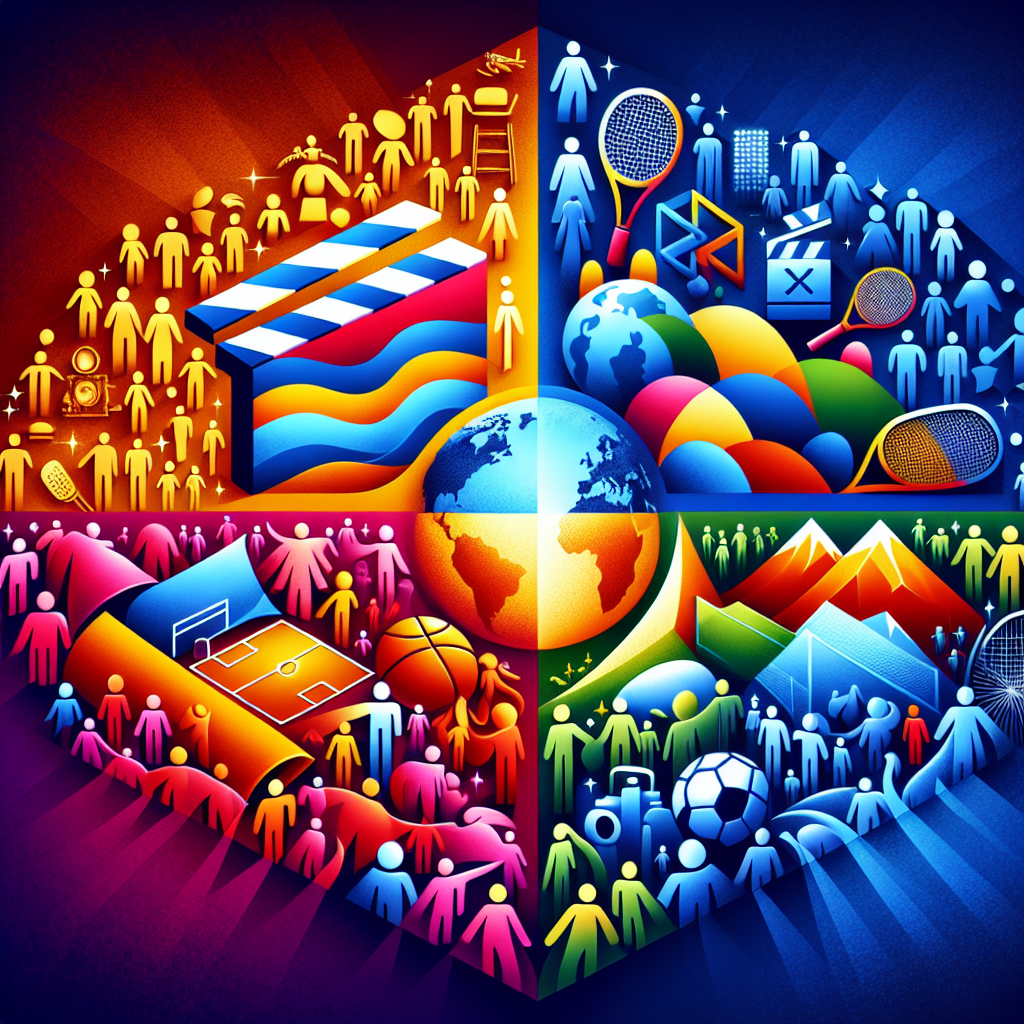
Trending Topics of The Week (2nd December – 8th December)
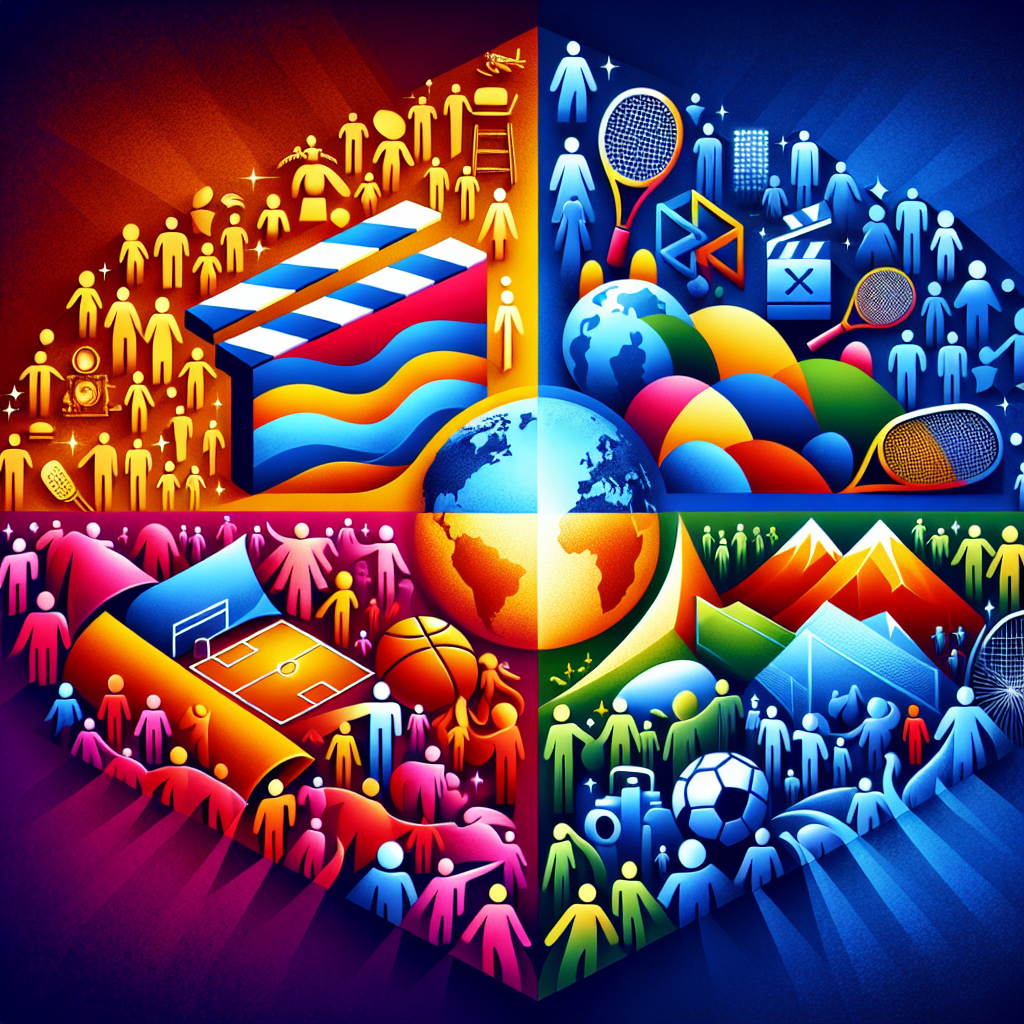
Trending Topics of The Week (25th November – 1st December)
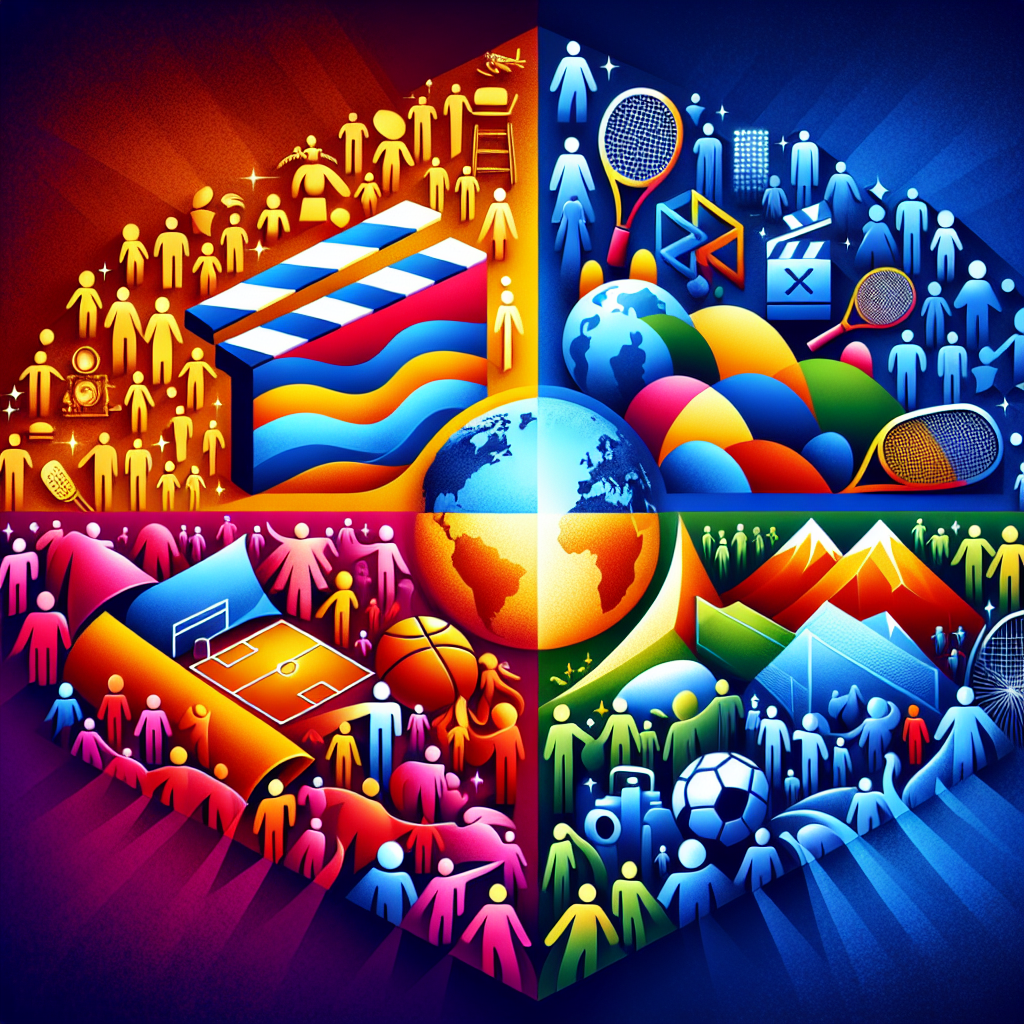
Trending Topics of The Week (18th November – 24th November)
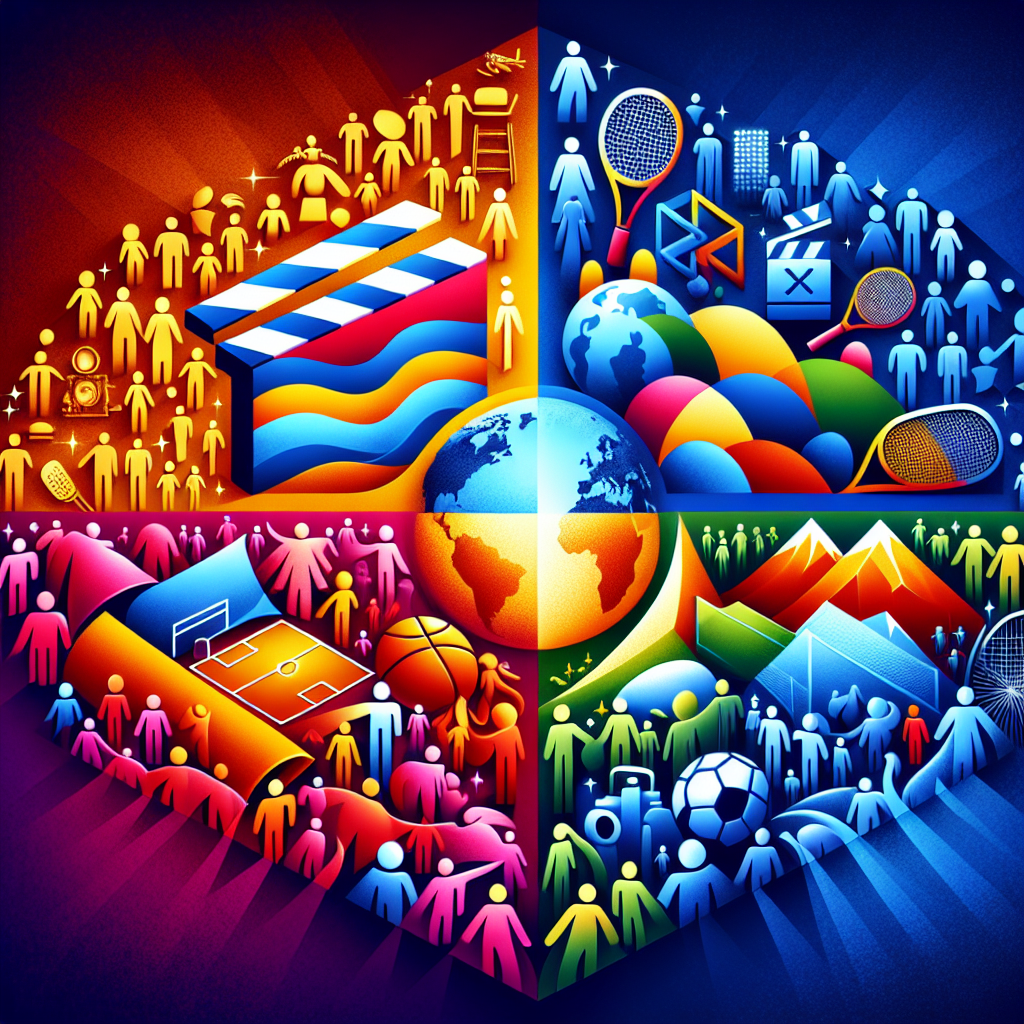
Trending Topics of The Week (11th November – 17th November)

Trending Topics of The Week (4th November – 10th November)
